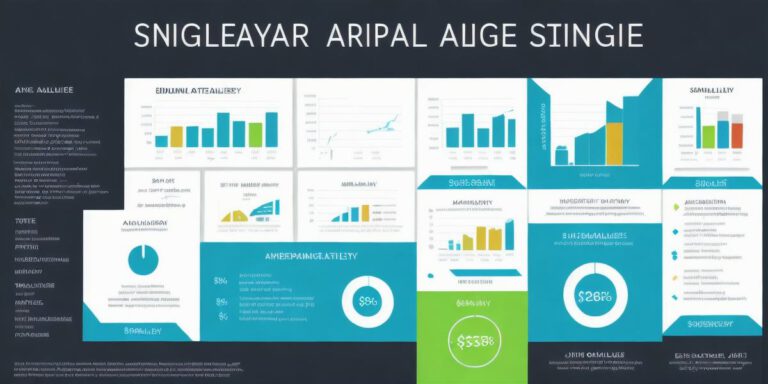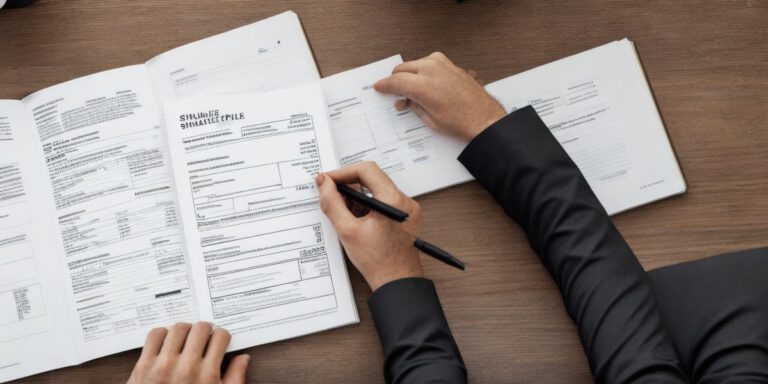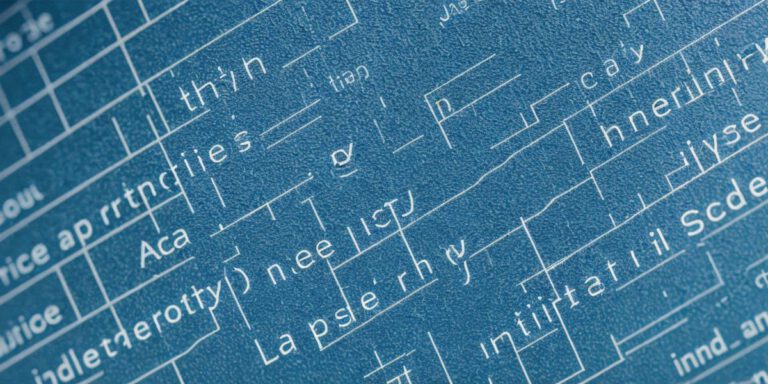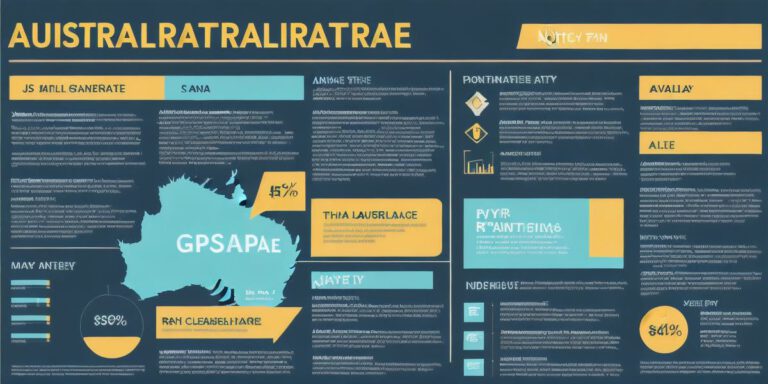Section 8 is a government housing assistance program that helps low-income families and individuals secure affordable housing. Despite its well-intentioned goals, there are often misunderstandings about the true costs of Section 8 housing. In this article, we’ll explore the various expenses associated with Section 8 housing, including rent, utilities, and other fees.
Rent Costs:
The most significant cost of Section 8 housing is the monthly rent. The amount of rent a tenant pays is determined by their income and household size. According to the U.S. Department of Housing and Urban Development (HUD), the average rent for a one-bedroom apartment in a Section 8 property is $607 per month, while a two-bedroom apartment costs an average of $835 per month. However, these prices can vary depending on the location and availability of properties.
Utilities:
While rent is the most significant expense associated with Section 8 housing, utilities like electricity, water, and gas are also essential factors to consider. In most cases, tenants are responsible for paying their own utility bills, but some landlords may cover certain expenses as part of their lease agreement. However, it’s important to note that utility costs can vary significantly depending on the location and usage habits of the tenant.
Moving Costs:
Another expense that many Section 8 tenants need to consider is moving costs. Whether you’re relocating from one city to another or simply moving within your current area, moving expenses like packing supplies, truck rentals, and storage can add up quickly. While some landlords may offer a security deposit or moving allowance as part of the lease agreement, tenants may still need to find additional funding to cover these costs.
Rent Arrears:
In some cases, Section 8 tenants may fall behind on their rent payments due to unexpected expenses or financial difficulties. When this happens, landlords may pursue legal action to recover any outstanding rent arrears. In extreme cases, tenants may be evicted from their property if they cannot make the necessary rent payments.
Miscellaneous Expenses:
There are also many miscellaneous expenses associated with Section 8 housing that tenants need to consider. These can include property damage deposits, application fees, and any other costs incurred during the tenant screening process. It’s important for tenants to carefully review their lease agreement to understand what expenses they are responsible for and how much they will need to pay each month.
In conclusion, while Section 8 housing can be an affordable option for low-income families and individuals, there are many costs associated with it that tenants need to consider. From rent and utilities to moving expenses and rent arrears, understanding the true costs of Section 8 housing is essential for finding a property that fits your budget and needs. If you’re considering applying for Section 8 housing, it’s important to do your research and carefully review the lease agreement before signing on the dotted line.







+ There are no comments
Add yours